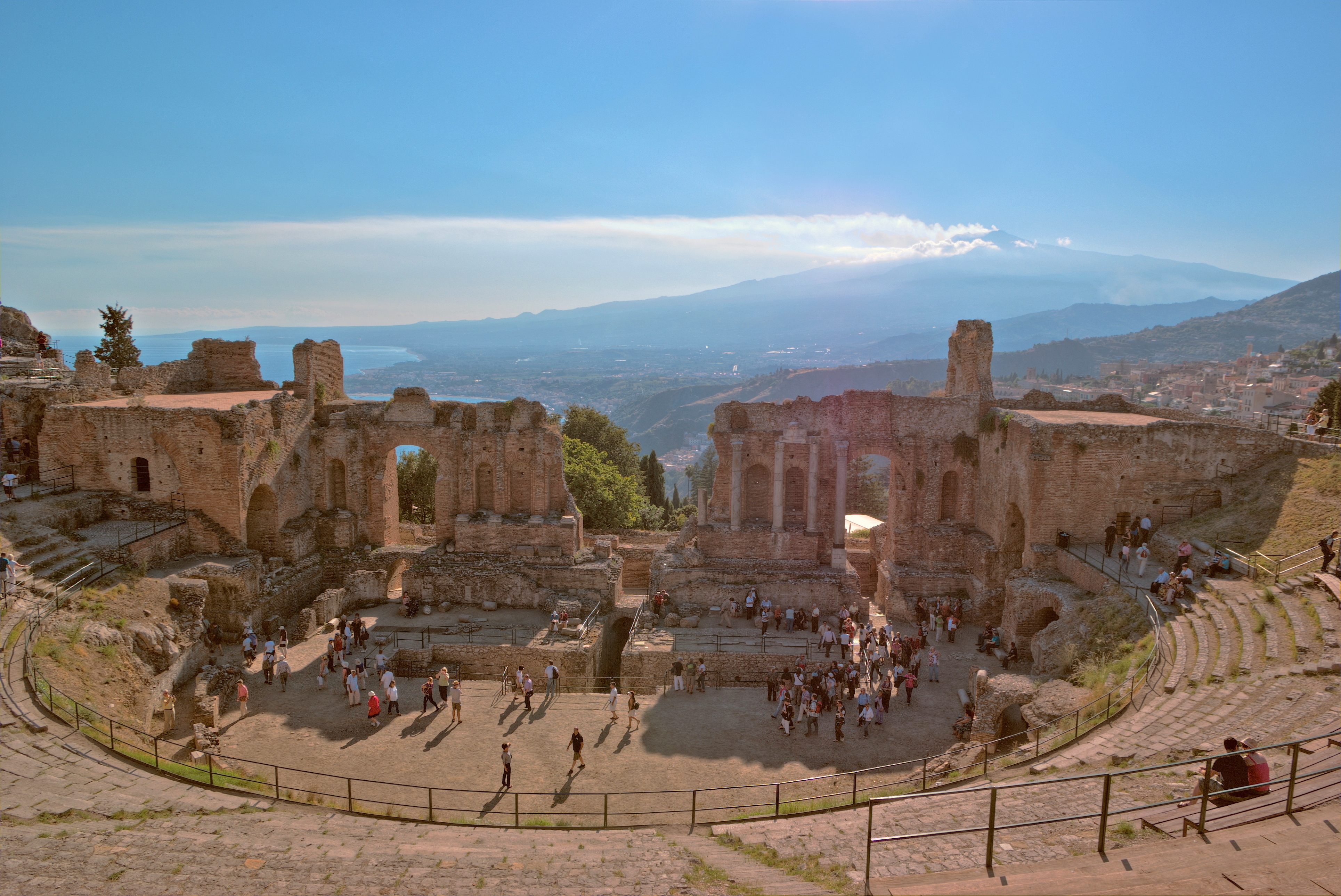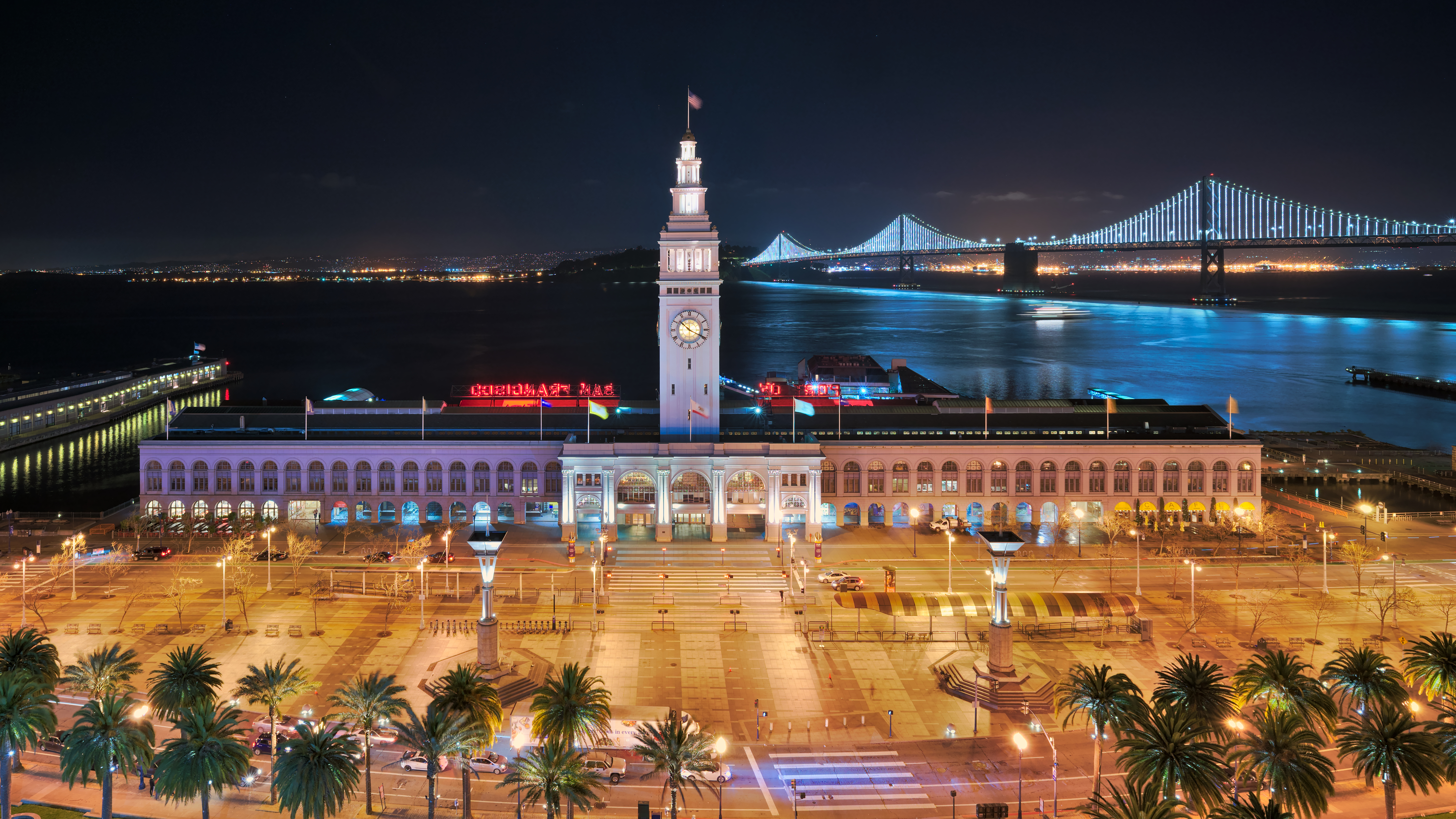|
Theatrum Anatomico-chirurgicum
Theatrum Anatomico-chirurgicum was an anatomical theatre which existed from 1736 until 1785 in Copenhagen, Denmark. It was built as a replacement for Domus Anatomica which had been destroyed in the Copenhagen Fire of 1728 and was itself succeeded by the Royal Danish Academy of Surgery. History The Anatomical-Surgical Theatre was inaugurated at Købmagergade on 30 April 1736. An exam in surgery was introduced at the same event. The new institution was independent from the University of Copenhagen The University of Copenhagen ( da, Københavns Universitet, KU) is a prestigious public university, public research university in Copenhagen, Copenhagen, Denmark. Founded in 1479, the University of Copenhagen is the second-oldest university in ... and intensified an ongoing dispute between physicians educated at the university and surgeons (previously barbers). References {{coord missing, Denmark Theatres in Copenhagen Infrastructure completed in 1736 da:Theatrum anatomicum [...More Info...] [...Related Items...] OR: [Wikipedia] [Google] [Baidu] |
Anatomical Theatre
An anatomical theatre ( Latin: ) was a specialised building or room, resembling a theatre, used in teaching anatomy at early modern universities. They were typically constructed with a tiered structure surrounding a central table, allowing a larger audience to see the dissection of cadavers more closely than would have been possible in a non-specialized setting. Description An anatomical theatre was usually a room of roughly amphitheatrical shape, in the centre of which would stand a table on which the dissection of human or animal bodies took place. Around this table were several circular, elliptic or octagonal tiers with railings, steeply tiered so that observers (typically students) could stand and observe the dissection below, without spectators in the front-most rows blocking their view. It was common to display skeletons in some location within the theatre. The first anatomical theatre, the Anatomical Theatre of Padua, was built at the University of Padua in 1594, ... [...More Info...] [...Related Items...] OR: [Wikipedia] [Google] [Baidu] |
Copenhagen
Copenhagen ( or .; da, København ) is the capital and most populous city of Denmark, with a proper population of around 815.000 in the last quarter of 2022; and some 1.370,000 in the urban area; and the wider Copenhagen metropolitan area has 2,057,142 people. Copenhagen is on the islands of Zealand and Amager, separated from Malmö, Sweden, by the Øresund strait. The Øresund Bridge connects the two cities by rail and road. Originally a Viking fishing village established in the 10th century in the vicinity of what is now Gammel Strand, Copenhagen became the capital of Denmark in the early 15th century. Beginning in the 17th century, it consolidated its position as a regional centre of power with its institutions, defences, and armed forces. During the Renaissance the city served as the de facto capital of the Kalmar Union, being the seat of monarchy, governing the majority of the present day Nordic region in a personal union with Sweden and Norway ruled by the Danis ... [...More Info...] [...Related Items...] OR: [Wikipedia] [Google] [Baidu] |
Denmark
) , song = ( en, "King Christian stood by the lofty mast") , song_type = National and royal anthem , image_map = EU-Denmark.svg , map_caption = , subdivision_type = Sovereign state , subdivision_name = Danish Realm, Kingdom of Denmark , established_title = History of Denmark#Middle ages, Consolidation , established_date = 8th century , established_title2 = Christianization , established_date2 = 965 , established_title3 = , established_date3 = 5 June 1849 , established_title4 = Faroese home rule , established_date4 = 24 March 1948 , established_title5 = European Economic Community, EEC 1973 enlargement of the European Communities, accession , established_date5 = 1 January 1973 , established_title6 = Greenlandic home rule , established_date6 = 1 May 1979 , official_languages = Danish language, Danish , languages_type = Regional languages , languages_sub = yes , languages = German language, GermanGerman is recognised as a protected minority language in t ... [...More Info...] [...Related Items...] OR: [Wikipedia] [Google] [Baidu] |
Domus Anatomica
Domus Anatomica was an anatomical theatre which existed from 1644 until 1728 in Copenhagen, Denmark. History There are references to a modest ''lectorium medicorum'' in Copenhagen from 1605 but in 1621 the statutes of the university stressed that the construction of a proper theatrum anatomicum would be desirable. In 1639 Christian IV called Simon Paulli to Copenhagen from Rostock, appointing him professor of anatomy, surgery and botany, and Paulli, in 1643, took the initiative of converting one of the university's buildings overlooking Church of Our Lady's graveyard (later Frue Plads) into the new Domus Anatomica. The new institution was completed the following year although Paulli did not hold his first public lecture until 3 March 1645. Another scholar associated with the institution was Thomas Bartholin. He provides a detailed description of the building in his book ''Cista medica Hafniensis'' from 1662. After his return to Copenhagen from Florence in 1681, Niels Steensen, w ... [...More Info...] [...Related Items...] OR: [Wikipedia] [Google] [Baidu] |
Copenhagen Fire Of 1728
The Copenhagen Fire of 1728 was the largest fire in the history of Copenhagen, Denmark. It began on the evening of 20 October 1728 and continued to burn until the morning of 23 October. It destroyed approximately 28% of the city (measured by counting the number of destroyed lots from the cadastre) and left 20% of the population homeless. The reconstruction lasted until 1737. No less than 47% of the section of the city, which dates back to the Middle Ages, was completely lost, and along with the Copenhagen Fire of 1795, it is the main reason that few traces of medieval Copenhagen can be found in the modern city. Although the number of dead and wounded was relatively low compared to the extent of the fire, the cultural losses were huge. In addition to several private book collections, 35,000 texts including a large number of unique works were lost with the University of Copenhagen library, and at the observatory on top of Rundetårn, instruments and records made by Tycho Brahe and ... [...More Info...] [...Related Items...] OR: [Wikipedia] [Google] [Baidu] |
Royal Danish Academy Of Surgery
The Royal Danish Academy of Surgery (Danish: Det Kongelige Kirurgiske Akademi), or Academia Chirurgorum Regia, was an educational institution which existed from 1785 until 1842 in Copenhagen, Denmark. Its former building at Bredgade now houses Medical Museion, University of Copenhagen's museum of medicine. History The Academy of Surgery was founded on 22 June 1785 as a replacement for the Theatrum Anatomico-chirurgicum from 1736. Queen Dowager Juliane Marie donated a lot in Bredgade, near Frederiks Hospital, and a building for the new institution was completed in 1787 to a design by Peter Meyn. The first president of the Academy was Alexander Kølpin (1731–1801). The Academy of Surgery merged with the Faculty of Medicine at the University of Copenhagen on 1 January 1842. The building remained in use for dissections and lectures on surgery. It now houses Medical Museion, the University's museum of medicine. See also * Domus Anatomica Domus Anatomica was an anatomical thea ... [...More Info...] [...Related Items...] OR: [Wikipedia] [Google] [Baidu] |
1736 In Denmark
Events from the year 1736 in Denmark. Incumbents * Monarch – Christian VI * Prime minister – Johan Ludvig Holstein-Ledreborg Events * 30 April – Theatrum Anatomico-chirurgicum is inaugurated in Copenhagen and an exam in surgery is introduced. * 7 November – Laurits S. Winther establishes a ropewalk at Sortebrødre Torv in Odense which will eventually turn into Roulunds Fabrikker. Undated Births *24 Januar - Jacob Nicolai Wilse, priest and meteorologist (died 1801) *25 August - Frederik Georg Adeler, county official and landowner (died 1810 Events January–March * January 1 – Major-General Lachlan Macquarie officially becomes Governor of New South Wales. * January 4 – Australian seal hunter Frederick Hasselborough discovers Campbell Island, in the Subantarctic. * Janua ...) Deaths References {{Year in Europe, 1736 1730s in Denmark Years of the 18th century in Denmark ... [...More Info...] [...Related Items...] OR: [Wikipedia] [Google] [Baidu] |
University Of Copenhagen
The University of Copenhagen ( da, Københavns Universitet, KU) is a prestigious public university, public research university in Copenhagen, Copenhagen, Denmark. Founded in 1479, the University of Copenhagen is the second-oldest university in Scandinavia after Uppsala University, and ranks as one of the top universities in the Nordic countries, Europe and the world. Its establishment sanctioned by Pope Sixtus IV, the University of Copenhagen was founded by Christian I of Denmark as a Catholic teaching institution with a predominantly Theology, theological focus. In 1537, it was re-established by King Christian III as part of the Lutheran Reformation. Up until the 18th century, the university was primarily concerned with educating clergymen. Through various reforms in the 18th and 19th century, the University of Copenhagen was transformed into a modern, Secularism, secular university, with science and the humanities replacing theology as the main subjects studied and taught. Th ... [...More Info...] [...Related Items...] OR: [Wikipedia] [Google] [Baidu] |
Theatres In Copenhagen
Theatre or theater is a collaborative form of performing art that uses live performers, usually actors or actresses, to present the experience of a real or imagined event before a live audience in a specific place, often a stage. The performers may communicate this experience to the audience through combinations of gesture, speech, song, music, and dance. Elements of art, such as painted scenery and stagecraft such as lighting are used to enhance the physicality, presence and immediacy of the experience. The specific place of the performance is also named by the word "theatre" as derived from the Ancient Greek θέατρον (théatron, "a place for viewing"), itself from θεάομαι (theáomai, "to see", "to watch", "to observe"). Modern Western theatre comes, in large measure, from the theatre of ancient Greece, from which it borrows technical terminology, classification into genres, and many of its themes, stock characters, and plot elements. Theatre artist Patrice Pav ... [...More Info...] [...Related Items...] OR: [Wikipedia] [Google] [Baidu] |
Infrastructure Completed In 1736
Infrastructure is the set of facilities and systems that serve a country, city, or other area, and encompasses the services and facilities necessary for its economy, households and firms to function. Infrastructure is composed of public and private physical structures such as roads, railways, bridges, tunnels, water supply, sewers, electrical grids, and telecommunications (including Internet connectivity and broadband access). In general, infrastructure has been defined as "the physical components of interrelated systems providing commodities and services essential to enable, sustain, or enhance societal living conditions" and maintain the surrounding environment. Especially in light of the massive societal transformations needed to mitigate and adapt to climate change, contemporary infrastructure conversations frequently focus on sustainable development and green infrastructure. Acknowledging this importance, the international community has created policy focused on sustai ... [...More Info...] [...Related Items...] OR: [Wikipedia] [Google] [Baidu] |




